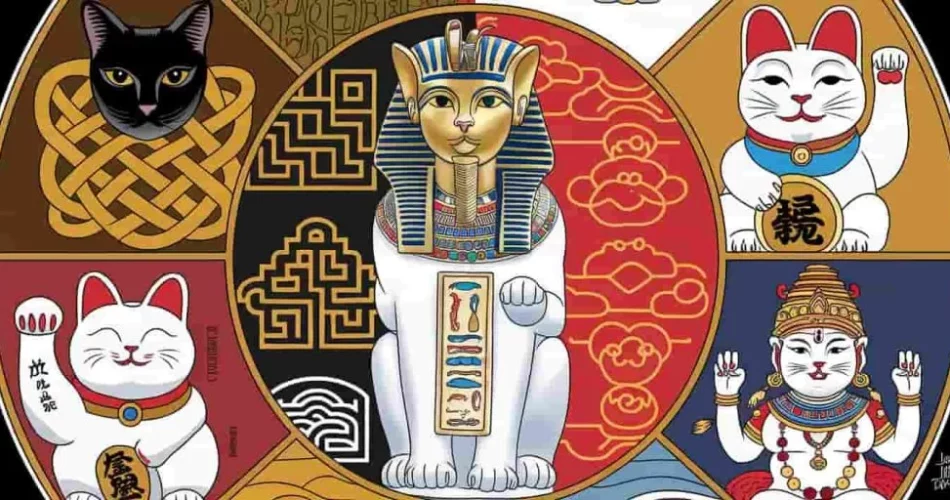Throughout history, cats have occupied a unique and revered place in various cultures, often depicted as protectors, guardians, and mystical beings. Their association with guardianship spans both the physical and spiritual realms, with many ancient societies viewing them as fierce defenders of the home, sacred spaces, and even the divine. Cats’ independent and stealthy nature, along with their keen hunting abilities, led to their symbolic role as protectors in a wide range of myths, traditions, and folklore. From safeguarding households from pests to guarding temples, cats have earned their reputation as enigmatic guardians in cultures across the globe.
Cats as Guardians in Ancient Egypt
In ancient Egypt, cats were highly revered and considered sacred animals, often associated with the goddess Bastet. Bastet was the Egyptian goddess of home, fertility, and protection, and she was commonly depicted as a lioness or a woman with the head of a lioness or domestic cat. As a goddess who symbolized protection, particularly the protection of the home and family, Bastet was the embodiment of the qualities that Egyptians admired in their cats: strength, grace, and fierce loyalty.
Cats were believed to possess divine qualities because of their close connection to Bastet. They were seen as guardians of both physical spaces and the spiritual realm. The Egyptians held that cats protected the home from malevolent forces, particularly from vermin like rats and mice, which could bring disease and ruin food supplies. But beyond their role as protectors of physical space, cats were also thought to be spiritual guardians, capable of warding off evil spirits and bringing blessings to those who cared for them.
Egyptians took such pride in their reverence for cats that the killing of a cat, even accidentally, was considered a serious crime, punishable by death. It was believed that these animals were not only earthly protectors but also connected to the divine, serving as intermediaries between the gods and humans. The reverence for cats in ancient Egypt is a testament to the profound respect they held as guardians of life, health, and harmony.
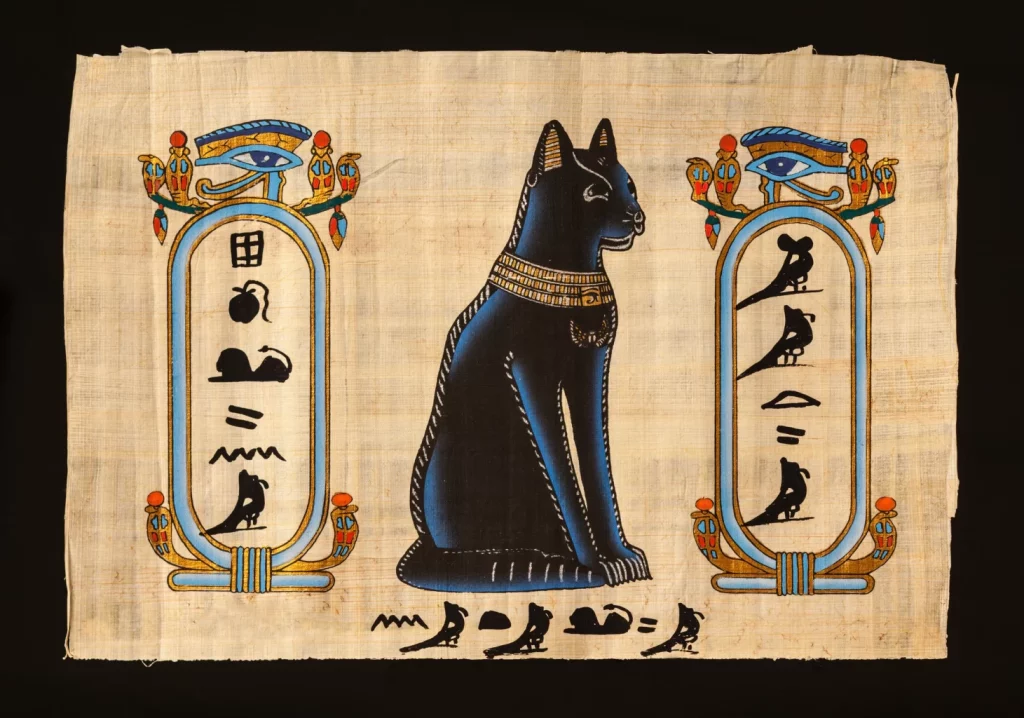
Cats as Protectors in European Folklore
Cats also served as protectors in European folklore, though their roles often had darker, more mysterious connotations. Throughout medieval Europe, cats were often regarded as symbols of protection due to their natural ability to hunt and protect food supplies. In the rural areas of Europe, where agriculture was key to survival, cats were seen as valuable allies in keeping rodents at bay, thus safeguarding the livelihood of entire communities.
The role of cats as protectors took on a more mystical dimension during the Middle Ages, particularly in the context of witchcraft and the supernatural. Cats, especially black ones, were believed to be guardians of secret knowledge and mystical forces, often associated with witches. Many believed that witches used cats as familiars—supernatural entities that assisted in casting spells and performing magical rites. While the connection to witchcraft gave cats an aura of mystery and fear, it also reinforced their image as protectors of hidden knowledge and power.
In some folklore traditions, cats were said to guard not just the material world, but also the spiritual realm. For example, in Norse mythology, cats were closely linked to the goddess Freyja, the goddess of love, fertility, and war. Freyja’s chariot was pulled by two large cats, who were said to help protect her and her divine pursuits. The cats’ association with Freyja as a warrior goddess elevated their status as protectors, not only of homes and harvests but also of the divine realms. The idea of cats as guardians was ingrained in the cultural fabric of the time, with their physical presence often seen as a symbol of divine protection.
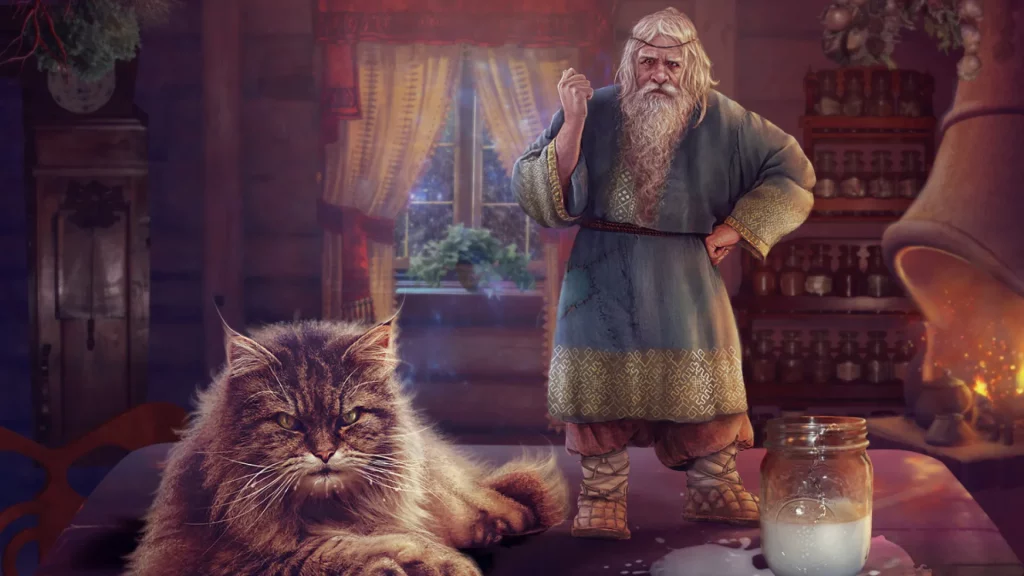
Cats as Guardians in Asian Traditions
In Japan, cats have long been revered for their protective qualities. One of the most well-known symbols of the cat as a protector in Japanese culture is the Maneki-neko or “beckoning cat.” This iconic figure, often seen in businesses and homes, is believed to bring good fortune and protect against evil spirits. The Maneki-neko is depicted as a cat with one paw raised, as if waving or beckoning prosperity into the household. This gesture is symbolic of the cat’s ability to guard its domain, inviting wealth and success while warding off negative energies.
The belief in cats as protectors extends beyond the Maneki-neko in Japanese culture. Cats are also deeply associated with the Shinto religion, where they are believed to bring protection and good luck. It is said that the Japanese goddess of mercy, Kannon, is often accompanied by a white cat, symbolizing the cat’s role as a protector of both the spiritual and earthly realms. In these traditions, cats are considered guardians of homes, ensuring the safety of families and the prosperity of their lives.
Similarly, in Chinese culture, cats have been regarded as protectors and symbols of good fortune for centuries. The belief in cats as guardians of good luck is reflected in their symbolic role during the Chinese New Year. Cats are thought to bring prosperity, and their image is often used in decorations and talismans to ensure a successful year ahead. In some regions of China, cats were also believed to protect the home from evil spirits and misfortune, aligning them with the role of guardians who safeguarded both physical and spiritual well-being.
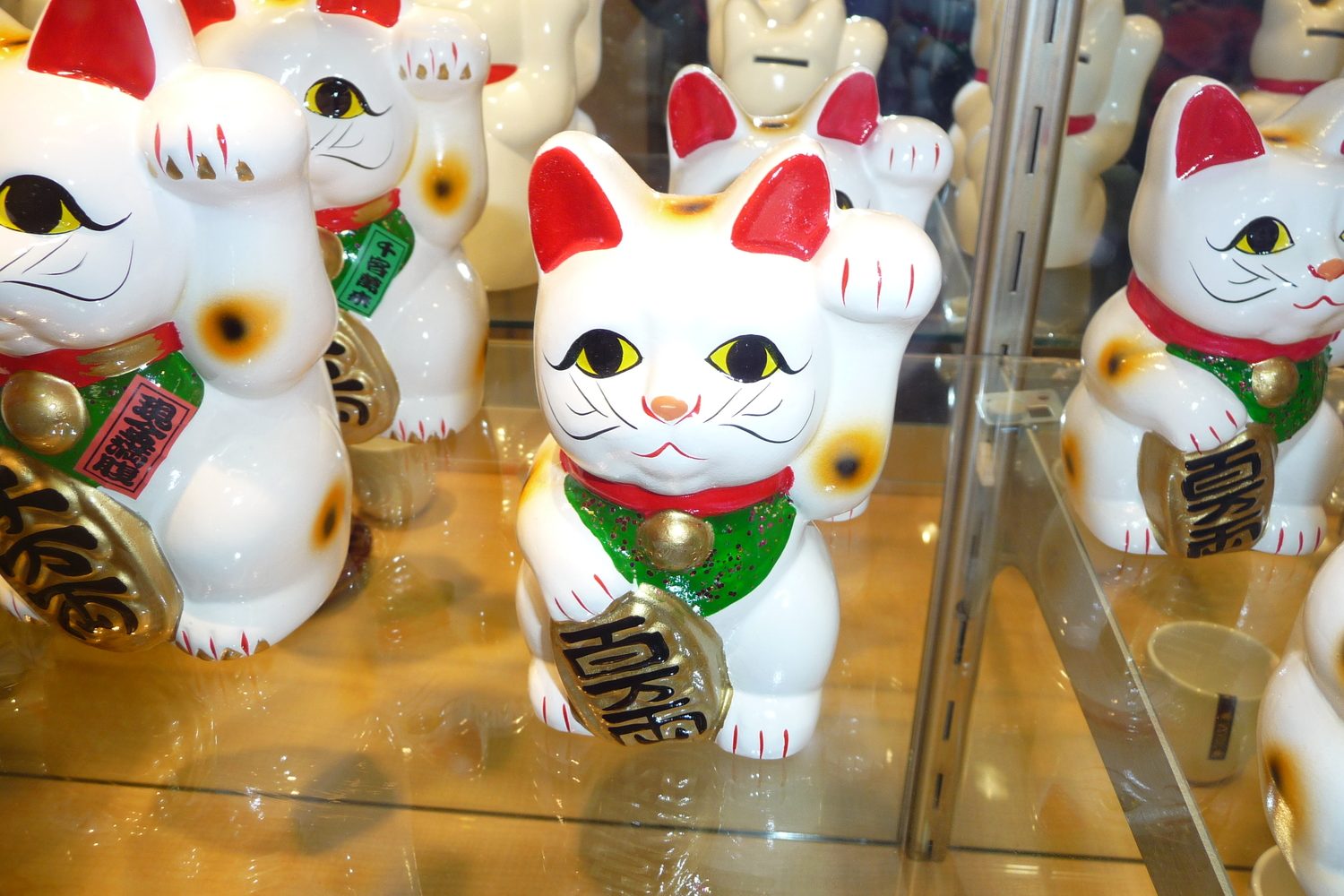
Cats in Hinduism and Buddhism: Protectors of the Soul
In both Hinduism and Buddhism, cats take on symbolic roles as protectors of the soul and spiritual well-being. In Hinduism, cats are sometimes associated with the goddess Shakti, the divine feminine energy. Shakti is known for her fierce protectiveness, and cats, with their independent and sometimes fierce nature, are seen as embodying these same qualities. Cats are believed to protect the home and family, guarding them not just from physical harm but from negative influences and energies.
In Buddhist traditions, cats are often seen as symbols of mindfulness and meditation. Their quiet, watchful presence is a reminder of the importance of being present in the moment and of guarding one’s thoughts and actions against distraction. While cats are not as central to Buddhist mythology as other animals, their calm demeanor and careful attention to their surroundings align with Buddhist teachings about the need for focus and awareness in the quest for enlightenment.
Some Buddhist traditions also associate cats with the protection of sacred spaces. In many Buddhist monasteries, cats are kept not only for their pest-controlling abilities but also as protectors of the spiritual sanctity of the space. Their role in maintaining peace and order within the monastery mirrors their symbolic role as guardians of the sacred, ensuring that the spiritual practice of the monks is uninterrupted and pure.
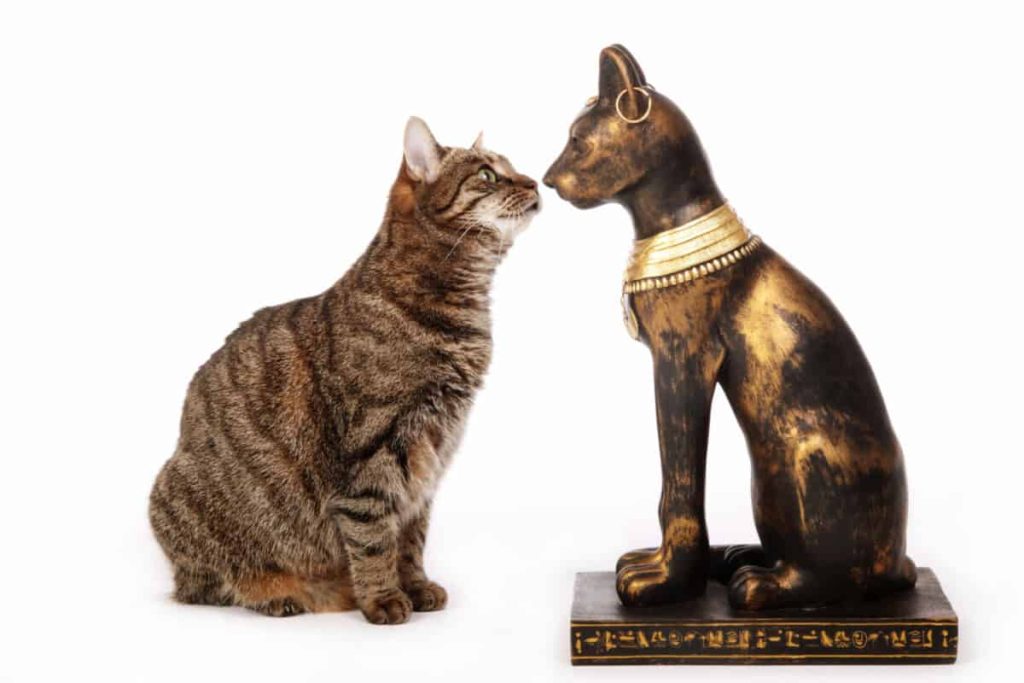
Cats in Modern Culture: Guardians of Home and Heart
In contemporary times, cats continue to be seen as protectors, though their roles have evolved from those of physical guardians to emotional and psychological protectors. Many people keep cats for companionship and comfort, with the belief that cats can help reduce stress, anxiety, and loneliness. The presence of a cat in the home is often seen as a protective force, offering a sense of calm and security to those who live with them.
Cats’ instinctive behavior of keeping a watchful eye on their environment also contributes to their reputation as guardians. Whether it’s their ability to detect subtle changes in their surroundings or their keen sense of hearing, cats are often seen as the first line of defense when something is amiss in the home. This heightened awareness and vigilance only reinforce the idea that cats are protectors of both the home and the heart.
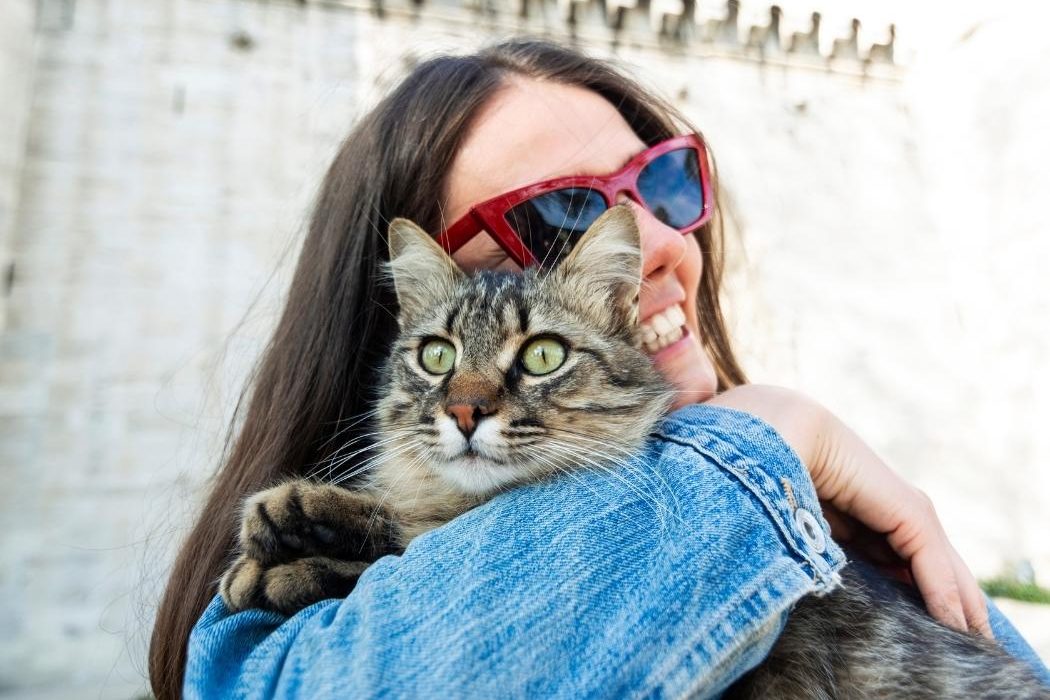
Conclusion: Feline Guardians Across Time and Culture
From ancient Egypt to modern-day homes, cats have been viewed as protectors in a wide variety of cultural, spiritual, and practical contexts. Whether serving as fierce guardians of the home, spiritual protectors in temples and monasteries, or symbolic protectors in mythology and folklore, cats have earned their reputation as enigmatic guardians of the human world. Their graceful yet independent nature, combined with their mysterious behavior and powerful instincts, has made them figures of reverence, respect, and awe.
Cats remind us that guardianship does not always require force; sometimes, it is the quiet, observant presence that offers the most protection. Through their roles in myth, tradition, and everyday life, cats continue to be revered as protectors of the physical, spiritual, and emotional realms, proving that the feline bond with humanity is as ancient as it is enduring.
